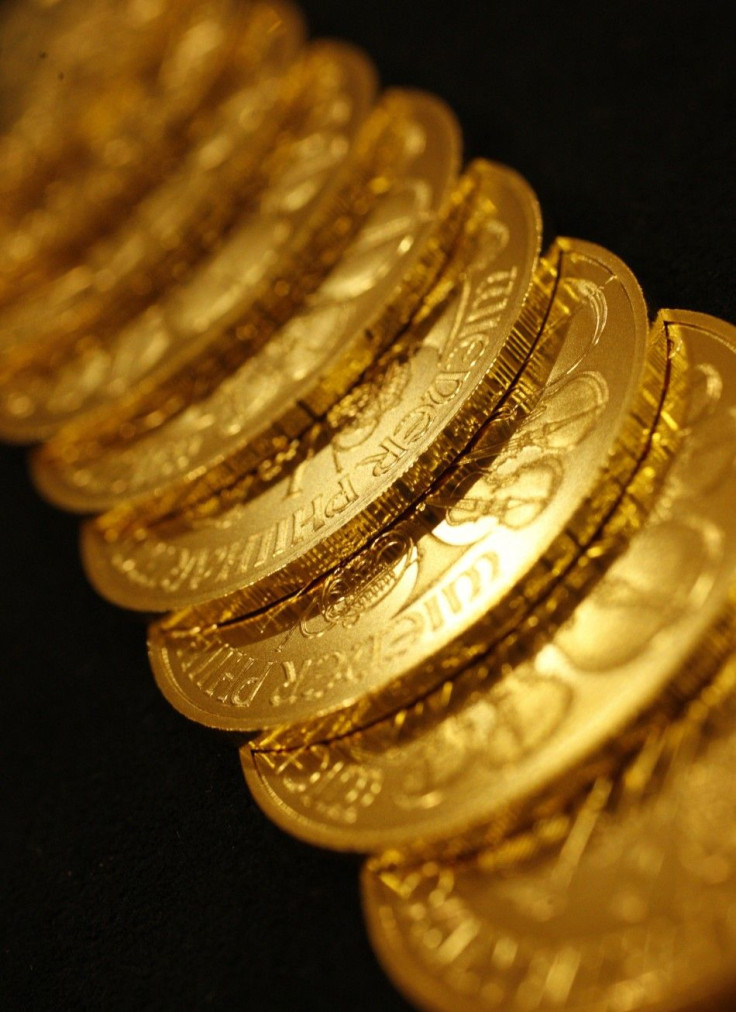Gold Regaining Traditional Safe-Haven Role - Analysis

Gold is break its recent link with the stock market and returning to its traditional role as a safe-haven investment, UBS strategist Edel Tully said Friday.
While gold is still caught up in the correlation tug-of-war with risk sentiment, we think the side that trades positively with risk is starting to wane, she wrote in a client note.
Tully said the spread between gold and the S&P Index, now at more than $500, is at its widest since Oct. 3.
This trend has been moving in gold's favor since Oct. 24 when the spread narrowed to its lowest level since Aug 2, just before the U.S. debt downgrade, she wrote. The divergence of these two assets signifies the outperformance of gold against risk in general in recent weeks.
Three developments confirm gold's return to its safe-haven status.
Firstly, gold has benefited lately from periodic flights to safety. It is particularly visible in rising sales of coins and small bars in Europe.
Buying of coins and small bars from the region was above average this week, as Italian bonds came under pressure, Tully wrote.
Secondly, gold has outperformed many other assets since late September, a period of stomach-churning volatility in many markets, with gold prices recovering more than 10 percent from its lows.
That gold has gained more highlights that investors are becoming relatively more friendly towards the yellow metal versus other assets, she wrote.
Thirdly, inflows for exchange-traded funds are posting their largest gains in months.
Over the past week, gold ETF holdings have risen by 1.05 million ounces to 76.69 million ounces, marking the largest weekly gain since Aug. 10, the strategist wrote. Quite simply, across European retail, asset correlations, and ETF demand, gold is tending more towards the risk-off camp than before.
In addition to the ETF gains, speculative long positions for Comex gold are up an average of 1.4 million ounces in each of the last two weeks.
Two factors are slowing the decoupling between gold prices and stock prices, according to Tully. One is margin calls that drive investors to raise cash by selling gold. Another is the strength of the U.S. dollar.
For investors, this means gold makes sense as a long-term investment.
While we think that gold is vulnerable to another pullback in the near term, prices closer to $1,700 than $1,800 will likely foster physical buying and opportune investor demand, helping mitigate some of the downside risk, she wrote.
© Copyright IBTimes 2024. All rights reserved.












